The SLIM probe will reach lunar orbit in three to four months and land inside a 300-meter-wide crater.
The H-2A rocket takes off from the Tanegashima Space Center. Video: Space
Japan's H-2A rocket carrying the SLIM lander and XRISM space telescope took off from the Tanegashima Space Center at 6:42 a.m. on September 6, Hanoi time, 10 days later than originally planned due to weather problems, according to Space .
Both spacecraft deployed on schedule less than an hour after liftoff. If all goes as planned, SLIM (Smart Lunar Research Station) will attempt the first soft landing on the Moon in a few months, paving the way for more ambitious missions. According to the Japan Aerospace Exploration Agency (JAXA), SLIM aims to test the ultralight probe system on a small scale and to use the precision landing technology needed for future lunar explorers.
SLIM is a small spacecraft, 2.4 m high, 2.7 m long and 1.7 m wide. When it takes off, it weighs 700 kg, but fuel accounts for about 70% of its weight. SLIM will fly on a long, fuel-efficient route, expected to reach lunar orbit in 3-4 months. The spacecraft will observe the lunar surface for a month before landing inside Shioli Crater, a 300 m wide impact crater located at 13 degrees south latitude, thereby testing precision landing technology.
"By creating the SLIM lander, we can land at a desired location instead of an easy landing location. With this technology, humans can set foot on planets that are even more resource-scarce than the Moon," JAXA said.
SLIM also carries two mini-probes, which are released onto the lunar surface after landing. The pair of mini-probes will help mission control monitor the health of the larger lander, take photos of the landing site, and provide direct communications with Earth.
The Hakuto-R lander, developed by the private Tokyo-based Hakuto-R company, also reached lunar orbit but crashed during landing last April. SLIM’s success would therefore be a historic milestone. To date, only four countries have sent probes to the Moon: the Soviet Union, the United States, China and India. India achieved its goal last month when its Chandrayaan-3 mission landed near the lunar south pole.
In addition to SLIM, the rocket also carries the XRISM (X-ray Imaging and Spectrometry Mission), a joint project between JAXA, NASA and the European Space Agency (ESA), operating in low Earth orbit. This telescope will study the universe in high-energy X-ray light. The observatory will focus specifically on the super-hot gas surrounding galaxy clusters. JAXA designed XRISM to detect X-ray light from super-hot gas, allowing astronomers to measure the total mass of galaxy systems, thereby revealing information about the formation and evolution of the universe.
An Khang (According to Space )
Source link


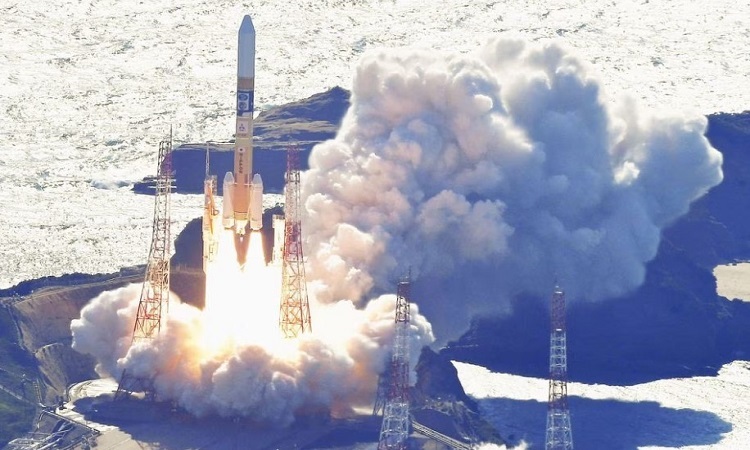






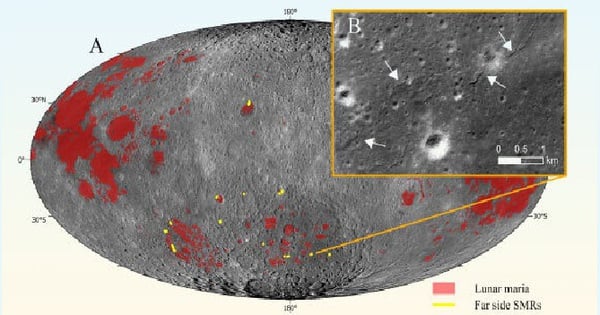

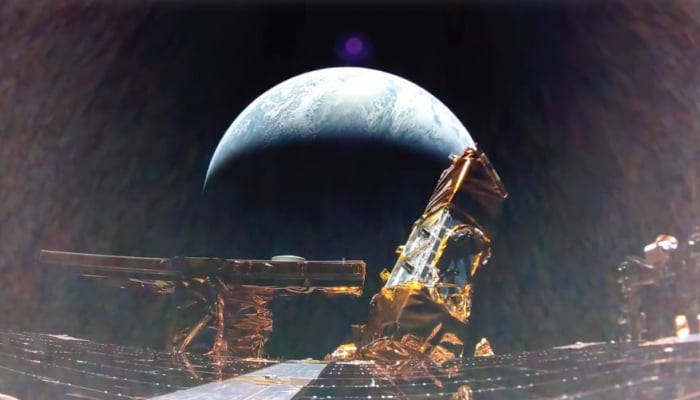



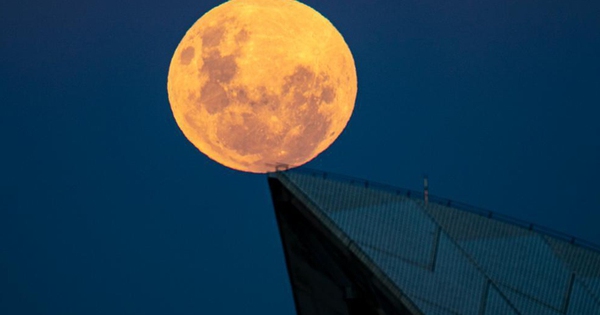
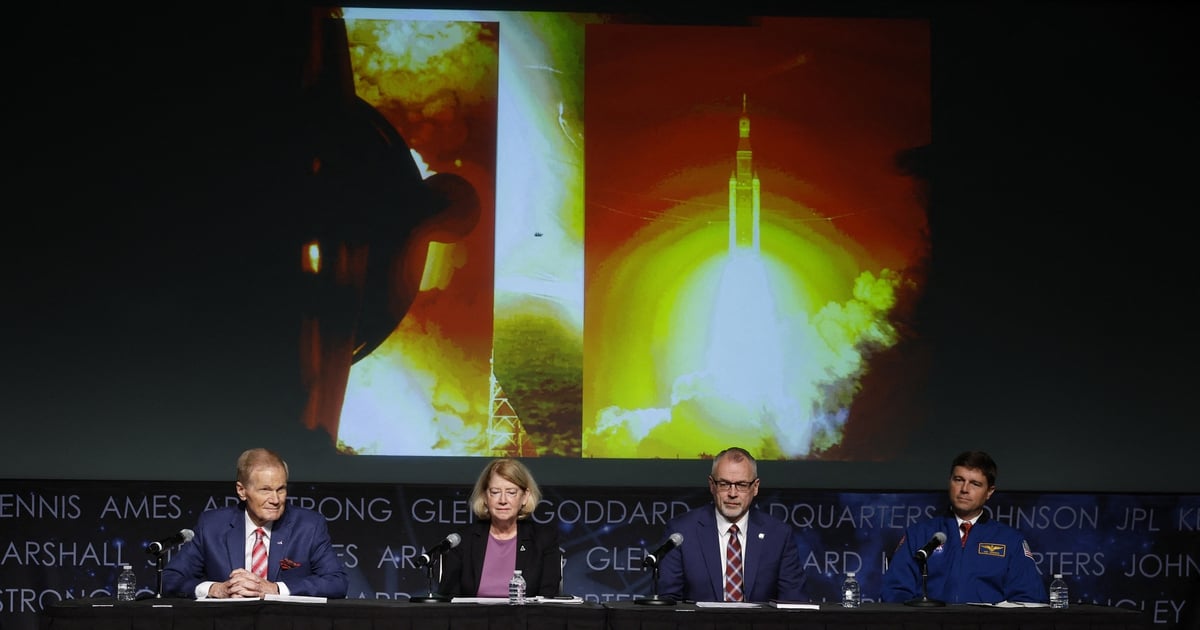

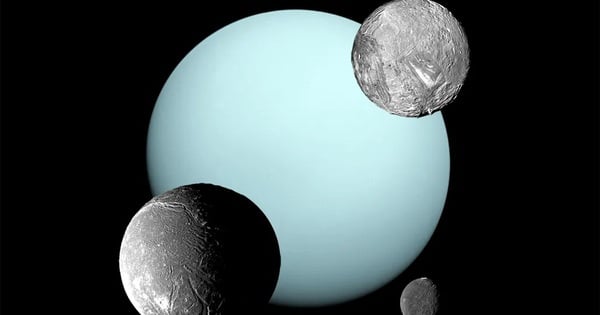






















![[Photo] Prime Minister Pham Minh Chinh chairs Government Conference with localities on economic growth](https://vstatic.vietnam.vn/vietnam/resource/IMAGE/2025/2/21/f34583484f2643a2a2b72168a0d64baa)
























































Comment (0)